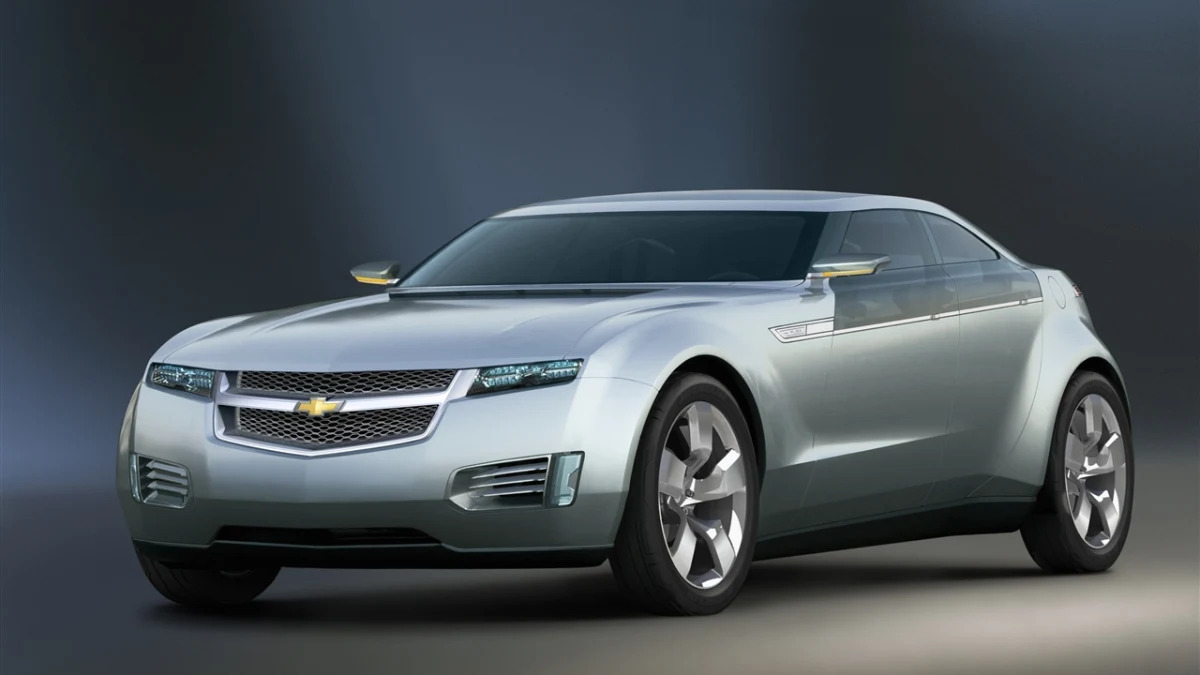The Chevrolet Volt raises a lot of questions. From its public unveiling in January 2007 people wondered, is it a hybrid or an electric car? Right from day 1 in December 2006 before the auto show, GM officials have called it a range extended electric car. They use the electric car terminology because, unlike what we think of as hybrids today, only an electric motor drives the Volt. The engine, a normally aspirated 1.4L (not turbocharged as Motor Trend indicates) just drives a generator (not a two mode hybrid unit as MT says) instead of the wheels. However, the presence of the range extender causes the EPA to consider it a hybrid and they expect it to have almost a full charge at the end of the test cycle. The design intent is that the battery would be run down after having run more than its 40 mile electric range during the test. As designed, the engine would only run 15 percent of the time during the current EPA cycle and would yield over 100 mpg. But, using the EPA's methodology and having the engine keep the battery near full charge - which completely defeats the purpose of a plug-in vehicle with a 40 mile electric range - the Volt would only get about 48 mpg. While not a bad number, it's no where near reflective of what the Volt could achieve in the real world for most drivers. Clearly the EPA needs to work with manufacturers to change the testing methodology and come up with something that more closely approximates real world conditions for plug-in vehicles. Insisting on something else would force automakers to calibrate plug-ins to meet those requirements at the expense of real world efficiency, helping no one.
[Source: Motor Trend]



Sign in to post
Please sign in to leave a comment.
Continue